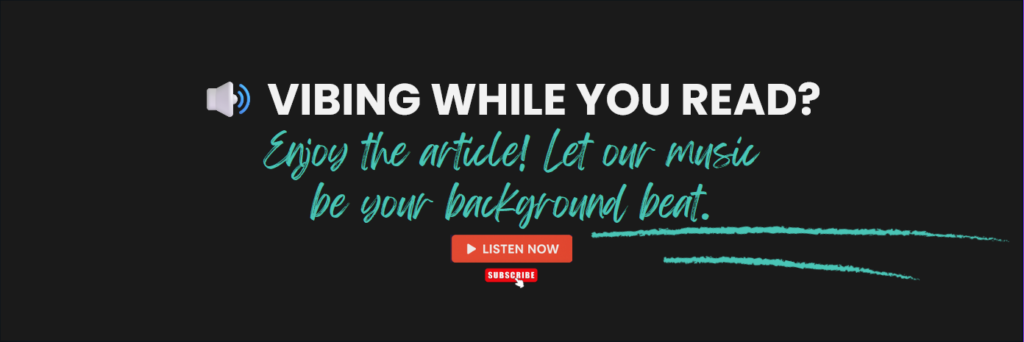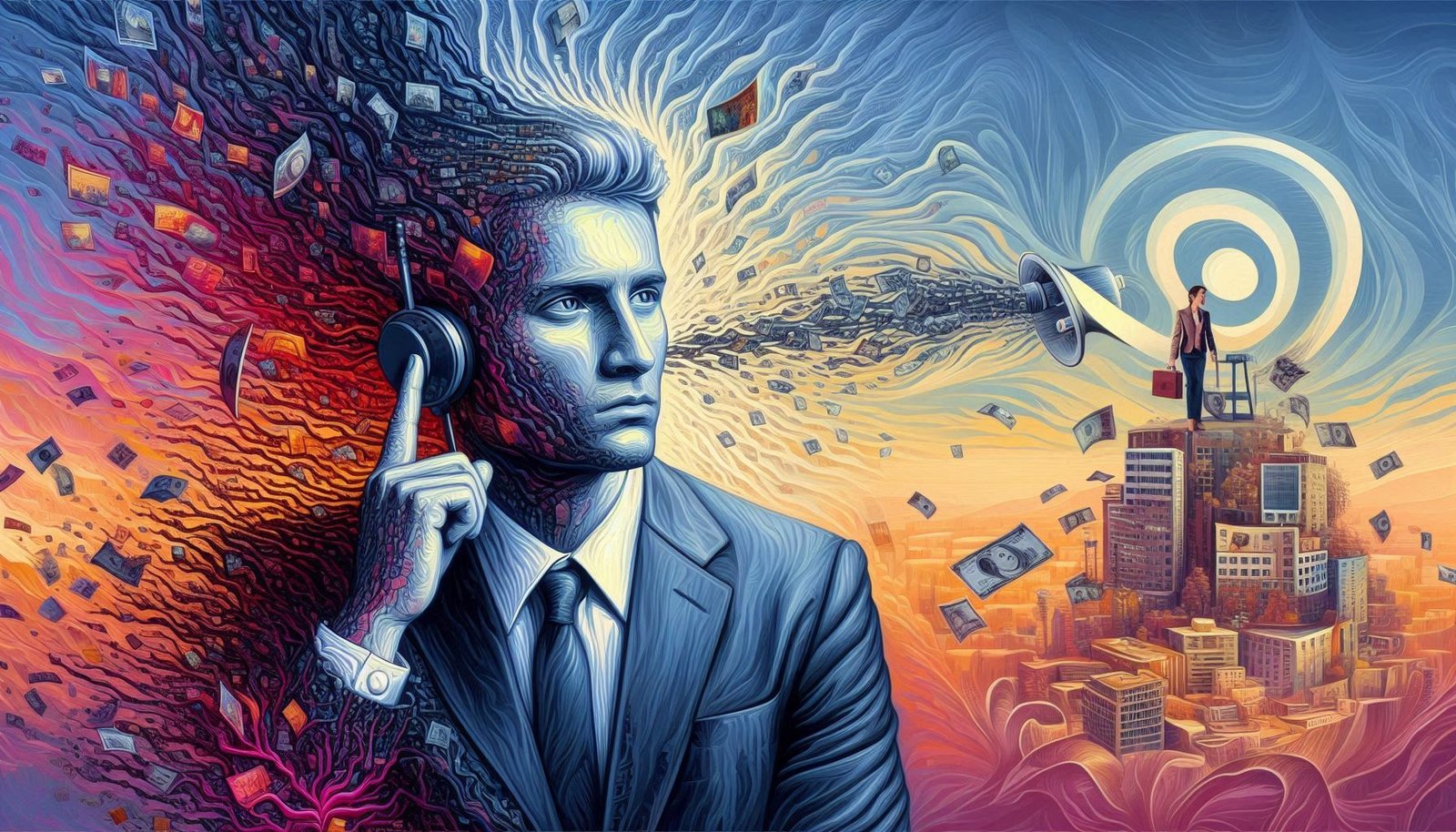
In a world overflowing with sound, it’s easy to mistake hearing for listening. Music is everywhere—streaming in our headphones, blasting in cars, echoing through gyms, buzzing in the background at cafes. But here’s the real question: Are you actually listening to the music, or are you just letting it pass through your ears like background noise?
This isn’t just semantics. There’s a big difference between hearing music and truly engaging with it. And if you’re a real music lover, music fan, or even a casual enthusiast, it’s time to level up your listening game.
Hearing vs. Listening: What’s the Difference?
Hearing is passive. It’s what happens when sound hits your eardrums. Listening, though? That’s a conscious act. It’s tuning in, analyzing, feeling. It’s letting music move you, challenge you, or even change your perspective.
When you’re just hearing music, you might remember the beat or a catchy hook. But when you listen, you catch the layers—the subtle harmonies, the pain in the lyrics, the intentional silence between notes.
Think of it like this:
- Hearing is scrolling.
- Listening is reading.
The Fast-Food Problem of Modern Music Consumption
Thanks to streaming, TikTok, and auto-playlists, we’re consuming music faster than ever. Skip rates are high, attention spans are short, and songs are being written to hook you in under 10 seconds. It’s like fast food for your ears.
But here’s the thing: fast music doesn’t always mean fulfilling music.
Music used to be an experience. Remember albums? Sitting down with liner notes, diving into a full body of work? That slow, immersive approach is dying—and with it, our ability to truly listen.
Why Active Listening Matters
Active listening deepens your relationship with music. It lets you:
- Understand the artist’s intent.
- Feel the story behind the sound.
- Connect with cultures, emotions, and ideas.
- Discover details you missed the first time.
It also makes you a better conversationalist, critic, and even creator. You start to notice production styles, lyrical patterns, genre influences. You become fluent in the language of music.
How to Be a Better Listener
Here are some easy ways to start listening like a pro:
1. Put Away Distractions
Don’t just throw on a song while doom-scrolling. Sit with it. Let it be the only thing happening. Yes, even for just three minutes.
2. Use Headphones
Good ones. Not your crusty $5 earbuds. You’ll be amazed at what you’ve been missing.
3. Read the Lyrics
So many songs hit different when you know what’s really being said. Genius.com is your BFF.
4. Explore the Backstory
Who made the track? What was going on in their life? Context adds flavor.
5. Listen in Layers
First for the beat. Then the instruments. Then the vocals. Then the mix. Each pass reveals something new.
The Emotional Power of Listening
Real listening creates emotional memory. That’s why some songs instantly take you back to a moment in time—a breakup, a road trip, a late night under the stars.
It’s also why music is used in therapy, in movies, and even in marketing. When we listen, we attach meaning. It becomes part of who we are.
So, if music has ever made you cry, dance like nobody’s watching, or feel seen, that’s the power of listening in action.
Gen Z and the Listening Revolution
Gen Z gets a lot of flack for short attention spans, but here’s the twist: they’re also reviving vinyl, championing deep cuts, and creating playlists that feel like personal journals.
Yes, some of it is aesthetic. But a lot of it is about connection. Listening is cool again. It’s giving “main character energy” to your own soundtrack.
Final Thought: Are You Really Listening?
Music is a gift. It’s history, emotion, rhythm, rebellion, comfort, chaos, beauty—all rolled into sound.
Next time a song comes on, stop and ask yourself:
- What is this music trying to tell me?
- How does it make me feel?
- What am I not hearing yet?
Because the truth is, the deeper you listen, the more the music gives back.


